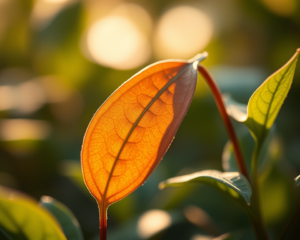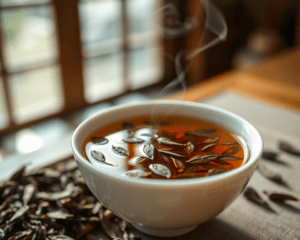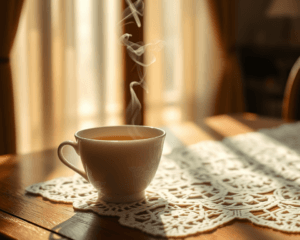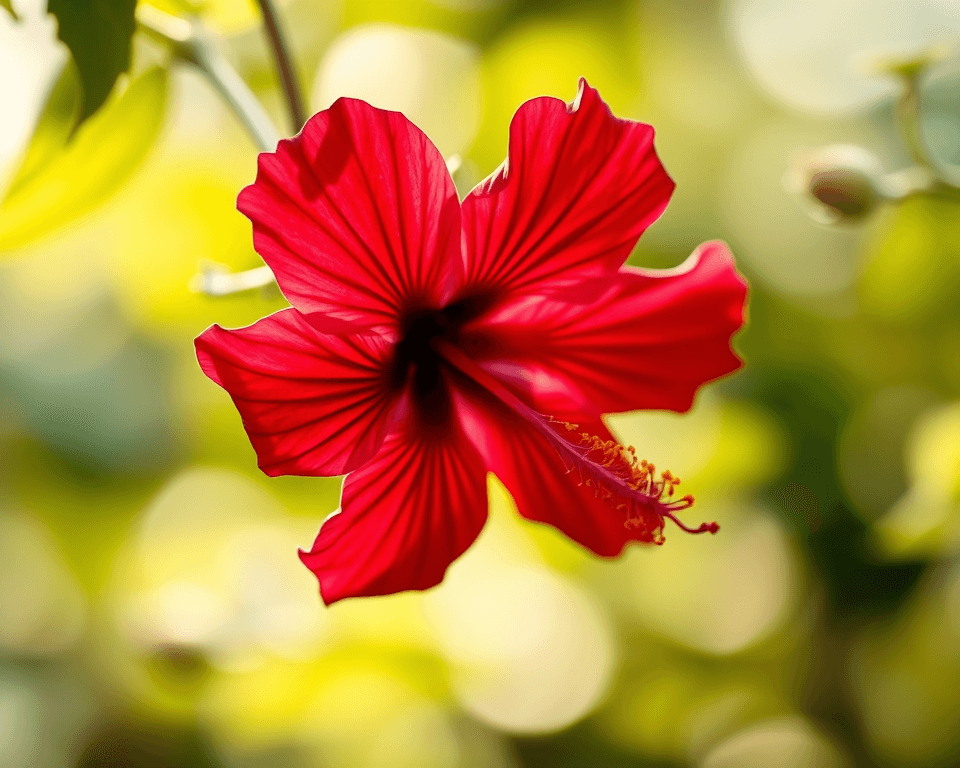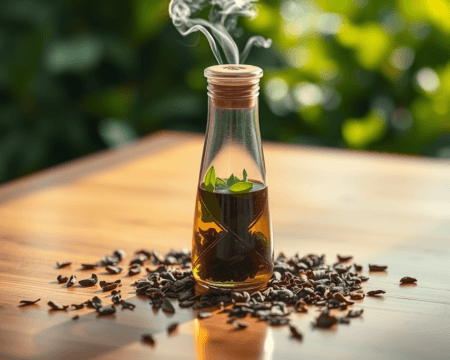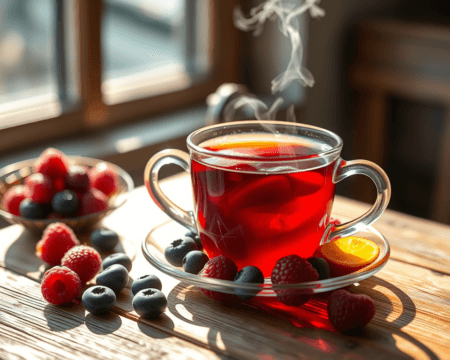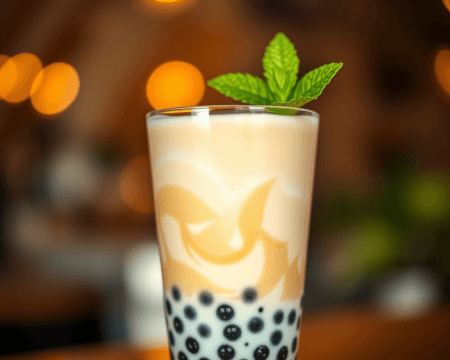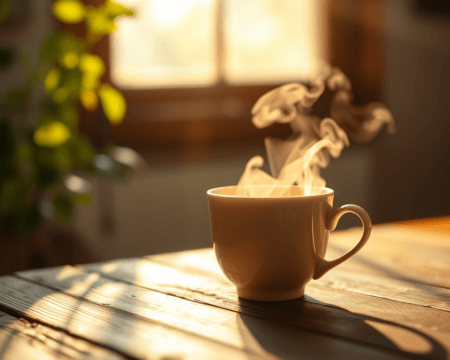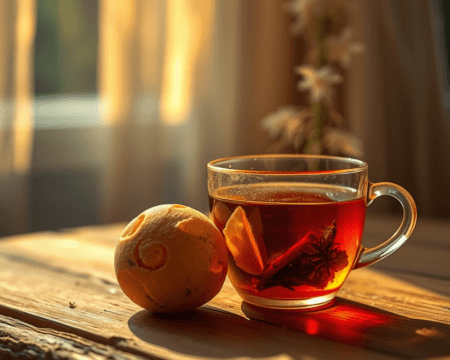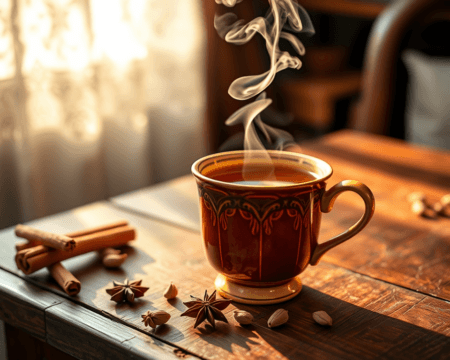Hibiscus tea is taking the spotlight as a vibrant, flavorful brew, but there’s a burning question on everyone’s mind: does it actually contain caffeine? As someone who’s been sipping on this tangy herbal infusion for years, I’m here to give you the lowdown. Buckle up, because we’re about to explore everything you need to know about hibiscus tea—its properties, how it’s made, the health benefits it brings, and, of course, the caffeine content.
Key Takeaways
- Hibiscus tea, made from the hibiscus flower (Hibiscus sabdariffa), is entirely caffeine-free.
- This herbal infusion packs a punch with health benefits, including blood pressure regulation and antioxidant properties.
- Brewing hibiscus tea involves simple techniques with dried petals, hot or cold water, and minimal steeping time for maximum flavor.
- It’s an excellent alternative to traditional caffeinated teas like black and green tea.
What is Hibiscus Tea?
Overview and Properties
Hibiscus tea is not your average tea; it’s a boisterous herbal infusion that has roots in traditional medicine and culinary practice. Made from Hibiscus sabdariffa, the tea showcases a vibrant crimson color and a tart, somewhat fruity flavor that can even remind you of cranberries or pomegranate. It’s way more than just a pretty drink; it has serious medicinal properties, which explains its long-standing popularity across various cultures.
Hibiscus flowers are packed with carotenes, flavonoids, and anthocyanins, which contribute to their renowned health benefits. This plant-based beverage isn’t just about taste; it can be a part of your daily wellness regimen.
How Hibiscus Tea is Made
Making hibiscus tea is as straightforward as it gets. First, you get your hands on some dried hibiscus petals—available in most health stores or online. The brewing process kicks off by bringing some water to a boil, or if you prefer a refreshing cold tea, opting for cold infusions.
Here’s the deal: if you’re brewing it hot, give it about 5 to 10 minutes of steeping time. For cold, you’ll typically let it steep overnight in the fridge. The beauty is in the simplicity! You can experiment with brewing temperatures and water quality to tweak flavors to your liking.
In short, whether it’s in a teapot or in a tea bag, preparation is a breeze. And the explosion of flavor you get makes every sip worth the effort!
Caffeine Content in Hibiscus Tea
Does Hibiscus Tea Contain Caffeine?
If you’re looking for a caffeine fix, hibiscus tea won’t give that to you. In fact, it’s a naturally caffeine-free herbal tea. While traditional teas like black, green, and oolong can keep you buzzing, hibiscus comes to your rescue with a refreshing, energizing drink that won’t leave you jittery.
Imagine this: you’re sipping on a cup of hibiscus tea while knowing it’s completely devoid of caffeine. No more worrying about whether that late-afternoon “pick-me-up” will keep you up all night. This is particularly great for those of us looking to cut down on caffeine intake for better sleep or just general well-being.
Comparison with Other Teas
To put things into perspective, let’s compare the caffeine content. Typical black tea harbors about 40-70 mg of caffeine per 8 oz, while green tea ranges around 20-45 mg. If you’re craving an herbal alternative with zero caffeine help, hibiscus tea is simply unbeatable.
| Tea Type | Caffeine Content (mg per 8 oz) |
|---|---|
| Black Tea | 40-70 |
| Green Tea | 20-45 |
| White Tea | 15-30 |
| Oolong Tea | 30-50 |
| Hibiscus Tea | 0 |
Remember, if you’re reaching for that evening tea, hibiscus is your go-to for relaxing without the caffeinated buzz!
Health Benefits of Hibiscus Tea
Nutritional Profile
Let’s talk health. Hibiscus tea is loaded with nutrients that can offer serious health advantages. It’s often celebrated for being high in vitamin C and packed with antioxidants like polyphenols. These elements work hard to help regulate blood pressure and provide immune support.
Imagine drinking something that not only tastes good but also does good. With a refreshing cup of hibiscus tea, you’re giving your body a little boost while enjoying a delightful flavor experience.
Scientific Research Supporting Claims
You might be wondering, “Is there any proof behind these claims?” Absolutely! Multiple clinical studies back the benefits of hibiscus tea, emphasizing its positive effects on blood pressure and cardiovascular health. Research found in peer-reviewed articles provides evidence supporting hibiscus’ efficacy as a natural remedy.
Studies show it could be as effective as some medications in managing blood pressure. Now that’s something worth raising a cup to!
Common Myths about Herbal Teas and Caffeine
Debunking Misconceptions
Let’s clear the air—there are many misconceptions about herbal teas and their caffeine content. Many folks assume that all teas contain caffeine, but that’s far from the truth. Just because hibiscus tea is classified as tea doesn’t mean it falls into the tea with caffeine category. Educating yourself on these herbal infusions can help elevate your understanding and experience with various brews.
When you understand the intricacies of different tea classifications, you can make better choices that align with your lifestyle and health goals.
Caffeine in Blended Teas
While hibiscus tea is caffeine-free, blended teas featuring hibiscus can potentially introduce caffeine levels depending on the other ingredients. If you’ve ever tried a commercial blend with hibiscus mixed with black or green tea, you’ll likely see that caffeine rearing its head.
When selecting pre-made blends, check the ingredients! Always read labels to know what caffeine content you’re getting.
Brewing Hibiscus Tea: Tips and Techniques
Best Practices for Brewing
Here’s where the magic happens—brewing. Mastering the art of hibiscus tea comes down to a few best practices that guarantee flavor enhancement. Aim for the ideal steeping time of around 5 to 10 minutes for hot infusion, giving it a rich, deep flavor. When it comes to presentation, serving it iced with a slice of citrus can make your tea experience vibrant.
The brewing temperature matters too; hit it around 200°F for the perfect infusion. This allows those delightful flavors and nutritional components to be released fully. Plus, experimenting with infusion durations can help you tailor each cup to your taste buds.
Hibiscus Tea Recipes
Now, let’s shake it up! Want to try something fun? Get your hibiscus tea into creative recipes like iced hibiscus tea or even hibiscus cocktails. Imagine blending it with tropical fruit juices for a seriously refreshing summer drink. The best part? You and your friends will rave about it.
A basic recipe to kickstart your creativity:
– Brew a strong hibiscus infusion and let it cool.
– Mix with equal parts of lemonade and add fresh mint.
– Serve over ice for a gorgeous, thirst-quenching summer treat.
The possibilities are almost endless! Get creative and explore how hibiscus can spice up your drink game.
Hibiscus tea might just be your new favorite drink. It’s time to grab those dried petals, brew a cup, and enjoy the delicious benefits, all while knowing you’re sipping a caffeine-free herbal delight!
Frequently Asked Questions
What are the health benefits of hibiscus tea?
Hibiscus tea is known for its potential health benefits, including lowering blood pressure, enhancing liver health, and providing antioxidant properties. It may also help with weight management and improve heart health due to its anti-inflammatory effects.
Is hibiscus tea safe for everyone?
While hibiscus tea is generally safe for most individuals, those with low blood pressure or pregnant and breastfeeding women should consult with a healthcare provider before consumption. It may interact with certain medications, so it’s best to check with a doctor.
How much hibiscus tea can I drink per day?
Moderation is key, and it’s generally recommended to limit hibiscus tea intake to 2-3 cups per day. This amount can provide health benefits without risking potential side effects.
Can I drink hibiscus tea cold?
Yes! Hibiscus tea can be enjoyed both hot and cold. For a refreshing iced version, brew the tea, allow it to cool, and serve it over ice. You can also add sweeteners, fruits, or herbs to enhance the flavor.
How do I store dried hibiscus petals?
To maintain their freshness, store dried hibiscus petals in a cool, dark place in an airtight container. Proper storage can help retain their flavor and health benefits for several months.
Can I mix hibiscus tea with other ingredients?
Absolutely! Hibiscus tea pairs well with various ingredients like ginger, mint, or other herbal teas. You can experiment with flavors to create a personalized blend.
What flavor profile does hibiscus tea have?
Hibiscus tea has a tart, slightly fruity flavor, often compared to cranberry. The drink’s acidity can also lend a refreshing quality, making it enjoyable on its own or as part of a blend.
How do I brew hibiscus tea for the best flavor?
For optimal flavor, steep dried hibiscus petals in hot water for about 5-10 minutes, depending on your taste preference. Adjust the steeping time for a stronger or milder flavor, and feel free to add honey or lemon for sweetness.
Is hibiscus tea the same as herbal tea?
Yes, hibiscus tea is considered an herbal tea since it is made from the dried petals of the hibiscus flower and does not contain any tea leaves from the Camellia sinensis plant. This makes it caffeine-free and suitable for those avoiding stimulants.
